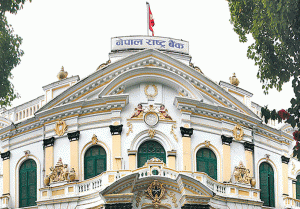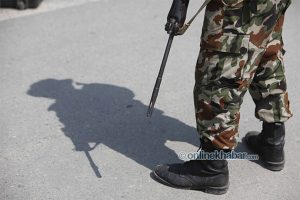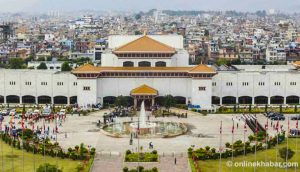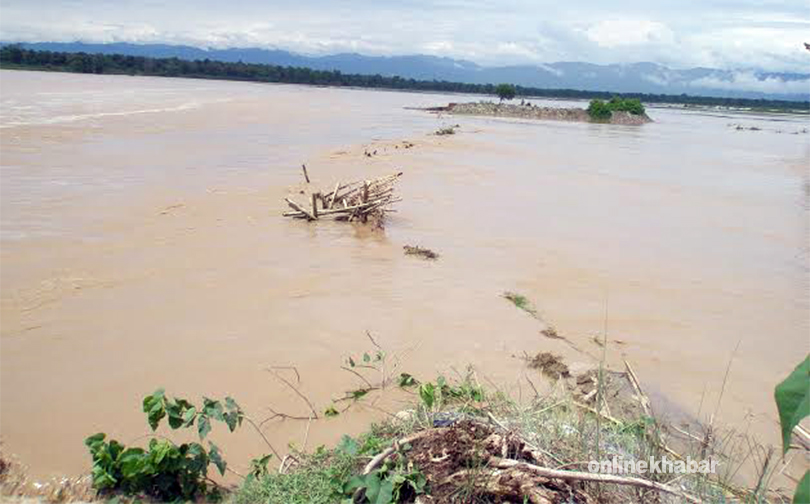
Most op-ed pages of broadsheet dailies published in Kathmandu on Sunday have given prominent space to the issue of floods in the Terai and its connection with India. A host of other issues have also been taken up.
Nepal-India water ties

Prime Minister Sher Bahadur Deuba, before his visit to New Delhi, had said he would take up the issue of flooding of Nepali territory during his meeting with Indian Prime Minister Narendra Modi. But the issue did not figure prominently during discussions. In this context, Buddhi Narayan Shrestha, in his lead article for Nagarik, says that on the eve of his visit, the President had suggested to the Prime Minister that he take up the issue with Modi, and not just limit the discussions to immediate rescue and relief. He says that during the visit, both Nepal and India failed to discuss a win-win formula to resolve the issue of floods on both sides of the border, and this happened because Deuba could not raise the issue properly.
Similarly, Bishnu Sharma, in his article for Nagarik, says that during his visit to India, Deuba and Modi agreed to expedite work on the proposed Koshi High Dam and Sunkoshi Storage cum Diversion. Sharma says the projects are part of India’s ambitious river linking dream to increase the supply of water in the lower riparian areas and to control floods. Pancheshwor, Karnali-Chisapani and Budhigandaki are also other dams that are being built in Nepal. They serve as dams for the Indian river linking project. Sharma says when the dams are operational, there will be lot of silting, especially due to the sand coming from the Chure region. Nepal should enter into negotiations with India with the Indian dream in mind.
Similarly, Subodh Dhakal, in his article for Annapurna Post, says Nepal should make India understand that natural disasters are a threat to both the countries. He argues that India needs to agree that disaster-mitigation measures should be implemented right from the origins of big rivers like the Koshi. That is how both countries can reap benefits from the resources. He says that whenever Nepal raises the issue of floods, it has to do so in such a way that people of both countries benefit.
Nepal-India ties
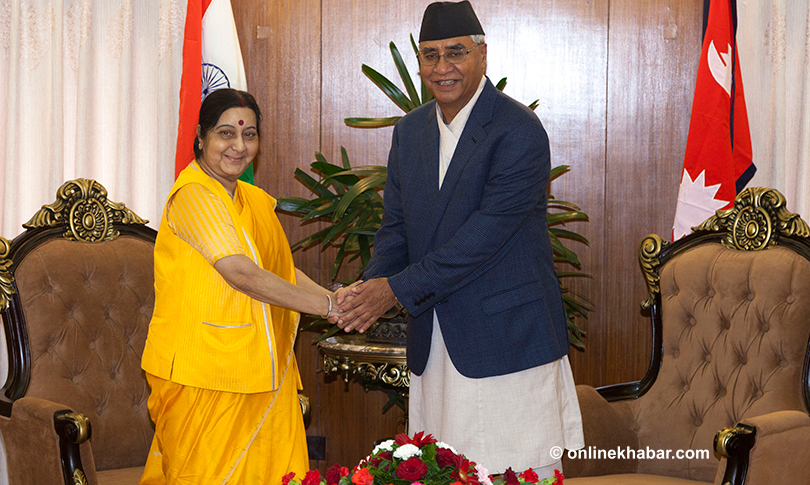
Devendra Gautam, in his lead article for Republica, says India plays an active role in Nepal’s political transformation and weakens Nepal to increase its cloud in the northern neighbour. Citing examples from the Koshi agreement to the Mahakali deal with India, Gautam says most of the controversial deals with India have taken place at times when the regimes in Kathmandu have been the weakest.
Bureaucratisation of local governments
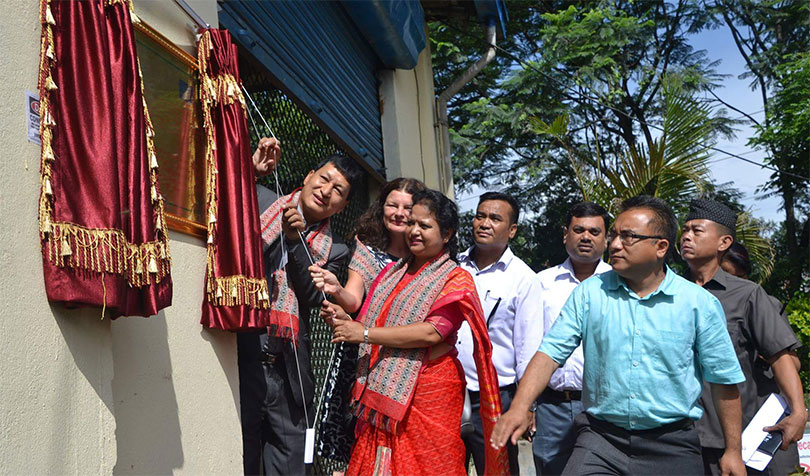
It has been 100 days since the mayor of Kathmandu and other chiefs of local governments took office. Major political parties who took part in the local elections had said they would bring ‘Singha Durbar’ to people’s backyard, says Krishna Khanal in his lead article for Kantipur.
He says that instead of becoming a place where local leaders are in charge, the local bodies are at risk of bureaucratisation. They are becoming an extension of the district-level administration that has been in place for a long time.







